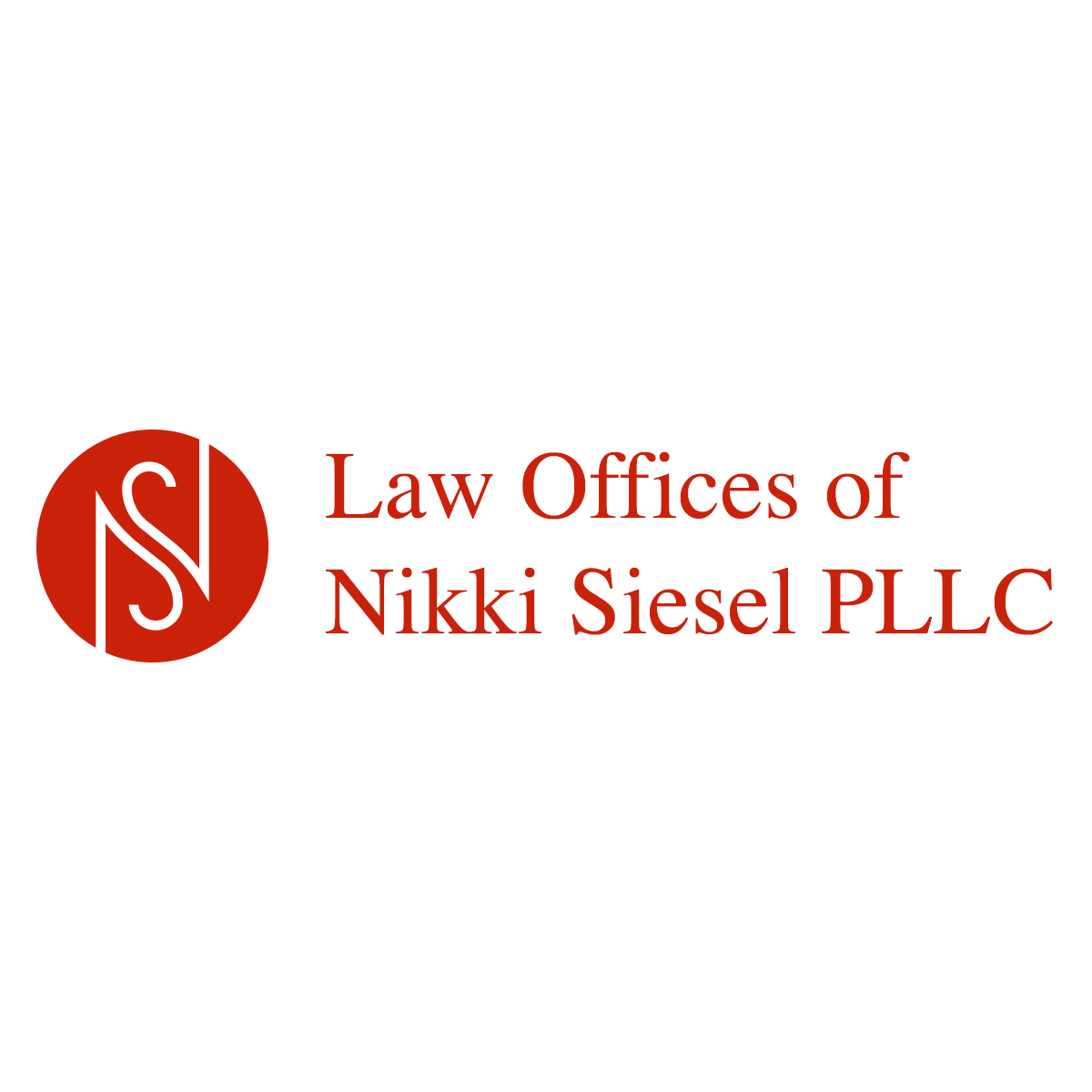
The Trademark Modernization Act (“TMA”) was enacted on December 27, 2020, and most rules go into effect on December 27, 2021. Many believe that the Trademark Act of 1946 needed this update. Two of the most significant rule changes include creating ex parte procedures for petitioning the Director for expungement and reexamination of registrations that have allegedly failed to meet the mandatory “use in commerce” requirement. A third party can initiate either of the two new proceedings or the Director can initiate the proceedings. The fee set for filing a Petition to the Director for either expungement or reexamination is $400 per class and the Petitions should be filed through TEAS. Once filed the Petitions will be uploaded into the registration record and visible in TSDR.
The USPTO will send an email notification to the Registrant or Registrant’s attorney once the Petition is filed. The Director will then determine if the Petition has made a prima facie case of nonuse and if so, institute one of the two proceedings. If this occurs the Petitioner will have no further involvement. This determination is final and non-reviewable. The proceeding is set forth in an Office Action. The Office Action must be responded to within three months but the Registrant may extend the response time for one additional month for a fee of $125.
The Registrant will need to provide evidence of use to rebut the prima facie case of nonuse. Documentary evidence of use will most probably take the form of specimens of use. However, if the issue focuses on an Allegation of Use or Statement of Use from years ago, and the specimen of use is no longer available, then declarations can be submitted to explain how the mark was used at the relevant time.
Evidence will vary based on whether the proceeding is for reexamination or expungement. Reexamination focuses on registrations that alleged use of the mark. The Petitioner or the Director will submit evidence that the mark was not in use on certain dates either as of the date the application was filed or as of the date the Statement of Use was filed. The Registrant must show use of the mark with the goods or services before the relevant date. The Petition must be filed before the fifth anniversary of the registration.
An expungement proceeding focuses on proving the mark was never used in commerce for some or all the goods or services. Registrant must show use of the mark with the goods or services in commerce before the filing of the Petition or before the date the proceeding was instituted. An expungement petition must be filed sometime between the third and tenth anniversaries of the registration.
The TMA also created a new ground for cancellation for inter partes proceedings under Section 14 of the Act. A Petitioner in a cancellation proceeding can now allege a mark has never been used in commerce. This claim can be made in a Trademark Trial and Appeal Board proceeding after three years from the registration date.
The expungement claim and the new nonuse cancellation claim will have a significant impact on non-U.S. owners since proof of an intention to start use in the U.S. will not be sufficient to rebut a prima facie case (as it is in an abandonment claim before the TTAB) of expungement or the new nonuse. Non-U.S. trademark applicants and registrants may have to implement new strategies to avoid exposure to an expungement or nonuse cancellation claim.
The TMA amends 12(b) of the Trademark Act to allow the USPTO to set flexible response periods to reply to Office Actions. Currently, applicants have six months to respond to Office Actions. However, many issues raised in an Office Action, can be resolved in a couple of months or sooner. Statistical evidence shows many Office Actions are resolved within three months. In light of this, the USPTO amends the Trademark Act to shorten the response period to three months if an application is filed, under Section 1 or 44 of the Act. Should an applicant require more time, a Request for another three-month period can be filed through TEAS along with a filing fee of $125. If an application was filed on paper, a request for a three-month extension can be filed along with a filing fee of $225. Applications under 66(a) of the Act will not be subject to a three-month response period but will remain at six months. The USPTO will not implement the changes for the flexible response period until December 1, 2022.
Lastly, regarding Letters of Protest the TMA amends the Act to allow the Director to have two months from the date a Letter of Protest is filed to determine if evidence should be included in the record. This determination is final and non-reviewable. There is a $50 filing fee to file a Letter of Protest. This filing fee was adjusted on January 2, 2021 along with a number of other trademark filing fees. If you have questions regarding any of the provisions of the TMA, or any trademark inquiries, please contact the firm for a courtesy consultation.
Discover more from reviewer4you.com
Subscribe to get the latest posts to your email.

